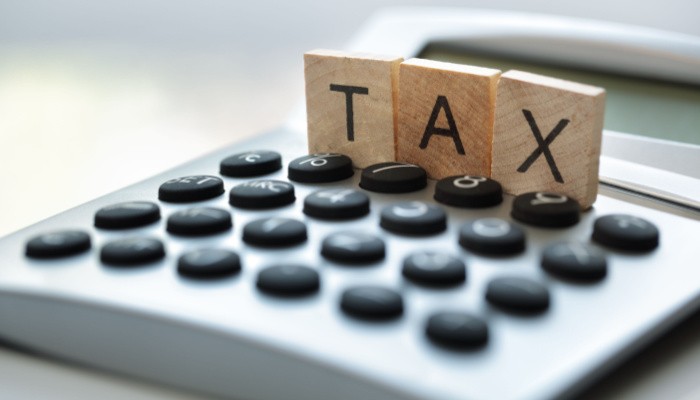In March 2023, as the 2022–2023 tax year drew to a close, the Office for Budget Responsibility published its full ‘Economic and fiscal outlook’ report, detailing its economic forecasts for the next five years.
The report predicts the effectiveness of policy measures announced from the Autumn Statement 2022 to the Spring Budget 2023, and whether the government will meet its fiscal targets by the 2027–2028 tax year.
Amongst the projected outcomes are an expected increase in higher rate taxpayers and corporate tax yield – read on to learn more about the UK tax forecast and what these figures could mean for you.
Income tax
Generally, the policy for increasing income tax thresholds has been to keep pace with inflation by default. This hasn’t been happening, due to threshold freezes for many personal taxes being extended to 2028 despite inflation hitting the highest levels in decades.
These freezes are expected to see 2.2 million earners pushed over the personal allowance threshold to start paying basic rate tax, and 1.3 million basic rate taxpayers pushed over the threshold to become higher rate taxpayers, having to pay twice as much tax.
The resulting fiscal drag is predicted to bring in an additional £13.1 billion of income tax revenue for 2023–2024 alone, followed by an additional £20 billion a year for the four years after that.
It’s unsurprising, then, that income tax now makes up 28% of the government’s tax receipts, up from just 2% a few years before the freezes began.
VAT registration
Since the VAT registration threshold has stayed the same since 2017, stuck at £85,000, it may also be unsurprising that new VAT registrations are estimated to stay at around 300,000 annually.
This may be impacted by a significant number of traders – who would otherwise be eligible for paying VAT – avoiding registration by limiting their growth to keep their annual turnover below the threshold, as reported by the think tank Tax Policy Associates earlier this year.
That said, the VAT threshold being frozen until 2026
is expected to bring in an extra £1.4 billion by the end of the forecast, with VAT receipts rising gradually by around 2.7% a year from 2023–2024.
Corporation tax
Corporation tax receipts delivered a stronger performance than expected throughout the pandemic, providing a yield of 8% in 2021–2022.
Increasing the main corporation tax rate from 19% to 25% is predicted to boost this yield by about 2%. This rise to 10% represents an increase in receipts from £68 billion to £112 billion.
Though there is still some uncertainty about future performance, the forecast anticipates that the main rate increase and capital allowance restrictions could generate an additional £23.2 billion to the estimated corporation tax receipts by 2027–2028.
The total collected from corporation tax is largely contributed by around 18,000 big companies (55%), while the remaining 45% is split amongst 1.5 million small-to-medium enterprises.
The importance of tax planning
This latest forecast from the OBR expects the UK’s tax burden (the ratio of taxes collected compared to the value of goods and services produced) to reach 37.7% by 2027–2028, the highest post-war level on record. This figure includes the highest ratio of corporation tax receipts in particular since the introduction of the tax back in 1965.
If the UK economy is to stay on track for recovery, it’s more important than ever for individuals and businesses to reduce their tax burden and ensure they’re paying the correct taxes in the most efficient manner. For this reason, it could be beneficial for those who need assistance with tax management to invest in accounting services.
As reliable Barnsley accountants
serving individuals and businesses throughout Yorkshire and beyond, GBAC
should be your go-to when it comes to bookkeeping and tax guidance. Call us on 01226 298 298 or email info@gbac.co.uk for more information.
